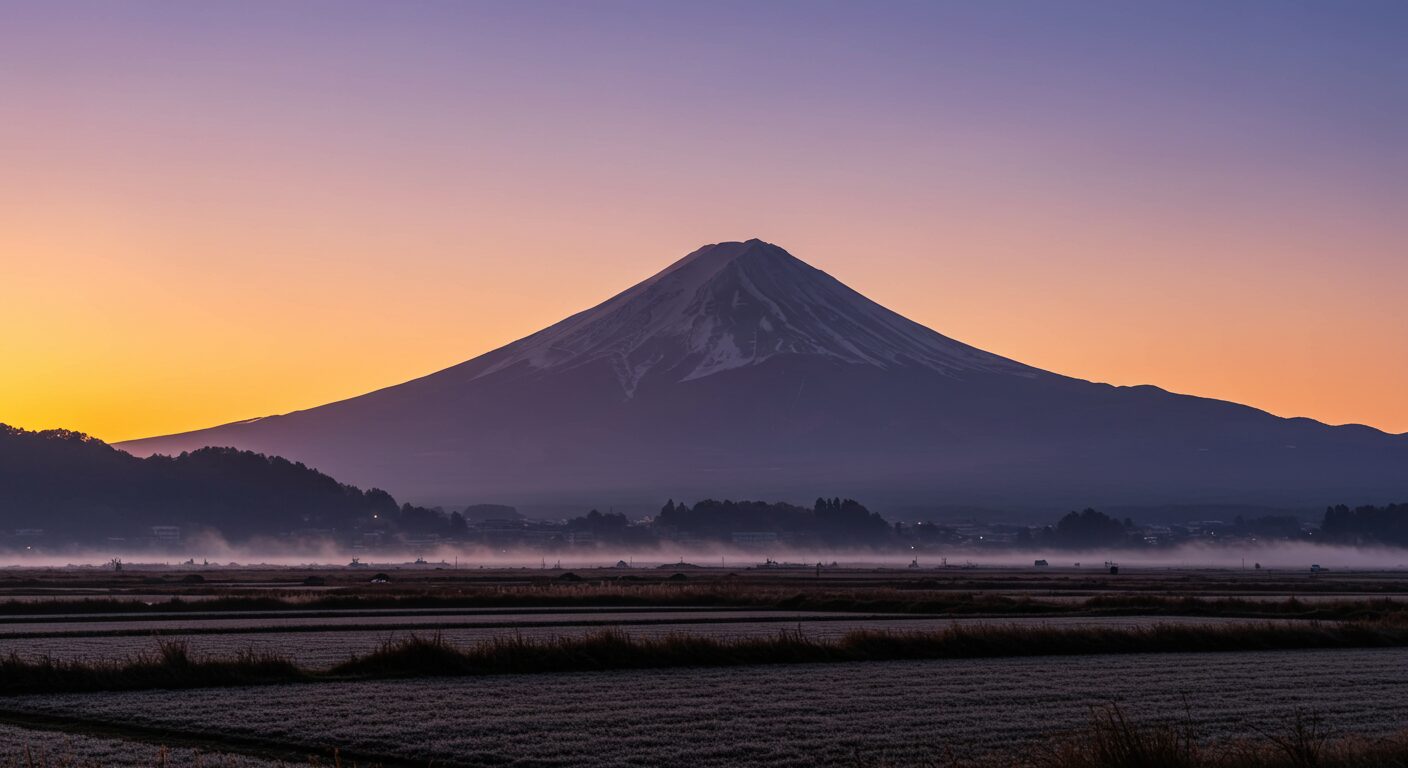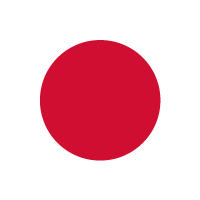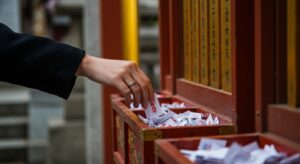

For many foreign travelers, *Hatsumode*—Japan’s first shrine visit of the year—feels mysterious and deeply cultural. Crowds gather at midnight on New Year’s Eve, and many visitors wonder, “Which shrine should I go to?”
In fact, Hatsumode has a special meaning, and choosing the right shrine is part of the experience. Visiting your local Ujigami Shrine, which protects the area you stay in, is considered a respectful way to greet the local deity for the new year. Yet many travelers are unsure how to find such a shrine or what it means.
This guide explains the true meaning of Hatsumode, how shrines differ from temples, essential etiquette and clothing tips, and simple ways to find your nearest Ujigami Shrine. It’s the perfect resource for anyone who wants to experience authentic Japanese culture, not just sightseeing.
What Is Hatsumode? The Meaning of Japan’s New Year Shrine Visit
Hatsumode is one of Japan’s most important New Year traditions. Between January 1 and 3, millions visit shrines or temples to pray for health, safety, and good fortune in the coming year. To first-time visitors, the massive crowds may seem surprising, but for Japanese people, it’s a way to begin the year with a purified mind and gratitude.
Because popular shrines get very crowded, it’s best to go early in the morning or later at night for a calmer experience. You’ll avoid long lines and enjoy the peaceful atmosphere.
Remember basic etiquette: bow lightly before entering the torii gate, avoid walking in the center of the path, cleanse your hands and mouth at the water basin, and offer your coin quietly before praying. Understanding these customs turns Hatsumode from simple tourism into a true cultural experience.
Where Should You Go for Hatsumode?
One of the most common questions from visitors is, “Which shrine should I visit?” Japan has tens of thousands of shrines nationwide. Major ones such as Meiji Jingu in Tokyo or Fushimi Inari Taisha in Kyoto attract huge crowds and are worth visiting at least once for their atmosphere and history.
However, local shrines near your hotel or neighborhood can offer a calmer and more intimate experience. When I guided foreign friends to a small local shrine, they said, “It felt peaceful and truly Japanese.” Smaller shrines save time, reduce travel costs, and let you connect more personally with the community.
Large shrines can require hours of waiting, so families or travelers with tight schedules may prefer a nearby Ujigami Shrine. Whichever you choose, both famous and local spots provide meaningful ways to celebrate Japan’s New Year.
What Is an Ujigami Shrine and Why Visit Your Local One?
An Ujigami Shrine enshrines the guardian deity of the land where you live or stay. For Japanese people, greeting this deity during Hatsumode is a natural part of starting the year. Though the term may be new to visitors, understanding it reveals an important side of Japanese spirituality.
Since the local Ujigami watches over daily life, visiting that shrine is considered both respectful and practical. Unlike famous tourist shrines, local ones are quiet, free from long lines, and usually within walking distance—saving both time and transportation costs. It’s an excellent option for short-term travelers seeking authentic cultural immersion.
Keep in mind that small Ujigami shrines rarely have English signs or brochures. Yet that’s part of their charm: you can observe locals praying naturally and experience the genuine New Year atmosphere beyond tourism.
How to Find Your Nearest Ujigami Shrine
Many visitors wonder, “How can I find my Ujigami Shrine?” The answer is easy if you know your address. Japan’s official Association of Shrines (Jinja Honcho) can tell you which shrine protects your area—simply provide your address by phone or online. You can also use map apps or local tourism offices to locate nearby shrines. The Jinja Honcho website even offers an English display option.
Note that most offices operate in Japanese only, so having a translation app or Japanese-speaking companion helps. Also, the association isn’t a tourist information center; its role is purely to identify your local shrine. Use it to learn *where* to go, then visit respectfully to enjoy a true cultural experience.
You might be interested in this
Etiquette and Clothing Tips for Foreign Travelers Visiting Shrines
Hatsumode is a sacred tradition, and knowing a few rules makes your visit smoother. Before entering, bow at the torii gate and walk along the side of the approach. Purify your hands and mouth at the basin, then offer your coin silently and clap twice before praying. These small gestures show respect for the culture.
No formal wear is required, but avoid overly casual or revealing clothes. Japan’s winter can be very cold, so bring a coat, scarf, and gloves. I once guided a friend who came in light clothing—he quickly learned why layers matter! Dressing properly makes the visit more comfortable and lets you focus on the solemn atmosphere.
During busy hours, be mindful of others, avoid blocking pathways, and limit photography. By following these customs, you’ll not only avoid mistakes but also gain a deeper appreciation of Japan’s spiritual traditions.
Conclusion
Hatsumode is more than a New Year event—it’s a meaningful cultural ritual. Visiting your local Ujigami Shrine allows you to greet the guardian deity of your area and pray for health and happiness. While famous shrines like Meiji Jingu are impressive, small community shrines offer a quieter, more personal experience. Understanding etiquette and dress will help you participate respectfully and enjoy Japan’s New Year traditions with confidence.




